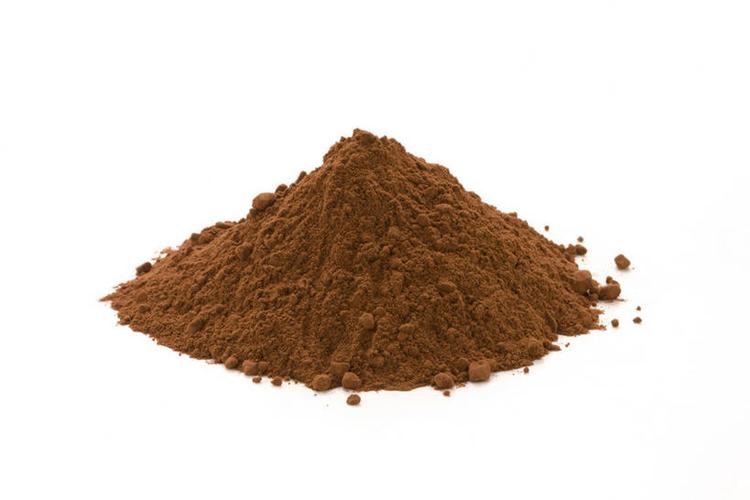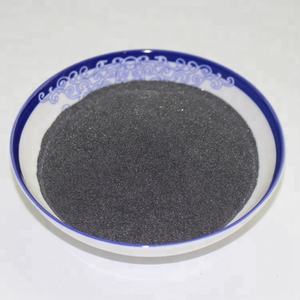Professional graphite material supplier, graphite for EV, grease, furnace and any other industries.
PRODUCT PARAMETERS
Description
Artificial Graphite Anode Material Powder Synthetic Graphite Production For Li-ion Battery Anode Material Parameter:
(Artificial Graphite Anode Material Powder Synthetic Graphite Production For Li-ion Battery Anode Material)
Overview of Artificial Graphite Anode Material Powder Synthetic Graphite Production For Li-ion Battery Anode Material
Li-ion anode materials are critical components in lithium-ion batteries, responsible for hosting lithium ions during the charging process. These materials play a pivotal role in determining the battery’s overall performance, including energy density, cycle life, and safety. The selection of anode material significantly influences the battery’s capacity to store and release energy efficiently and reliably. Commonly used anodes in commercial Li-ion batteries include graphite, but advancements in research are exploring alternatives like silicon, lithium titanate (LTO), and various composite materials to enhance performance.
Features of Artificial Graphite Anode Material Powder Synthetic Graphite Production For Li-ion Battery Anode Material
High Lithium-Ion Intercalation Capacity: The ability to reversibly absorb and release a large amount of lithium ions directly influence the energy density of battert.
Structural Stability: Retains its form and integrity during repeated cycles of expansion and contraction, which occurs during charging and discharging.
Electrical Conductivity: Facilitates efficient transport of lithium ions and electrons to ensure fast charging and discharging rates.
Safety: Non-reactive with electrolytes and resistant to dendrite formation, reducing fire and explosion risks.
Cost and Availability: Ideally, the material should be abundant and economically feasible for mass production.
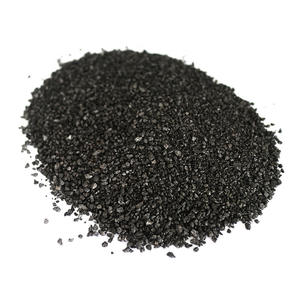
(Artificial Graphite Anode Material Powder Synthetic Graphite Production For Li-ion Battery Anode Material)
Parameters of Artificial Graphite Anode Material Powder Synthetic Graphite Production For Li-ion Battery Anode Material
Artificial Graphite Anode Material Powder Synthetic Graphite Production For Li-ion Battery Anode Material Parameter:
The production of artificial graphite anode material powder for lithium-ion battery anodes is a crucial process that can significantly improve the performance and efficiency of batteries. The parameters involved in this process include:
1. Grain size: The grain size of the powders determines their physical properties, such as particle size distribution, porosity, and density. A smaller grain size will result in higher theoretical capacity, but it may also lead to lower mechanical stability and sintering.
2. Carbon content: The carbon content of the powders affects their thermal stability, mechanical strength, and electrochemical properties. High carbon content will result in better electrical conductivity, but it may also lead to increased resistance during charge-discharge cycles.
3. Activity: The activity of the powders affects their ability to accept charges from electrodes and release them back into the electrolyte. Active powders with high activity will result in faster reaction times and longer battery life.
4. Interfacial area: The interfacial area between the powders and the electrode surface plays a significant role in the electrode corrosion rate and life span. Higher interfacial area will result in fewer contact areas between the powders and the electrode surface, which will reduce the corrosion rate.
5. Compatibility: The compatibility of the powders with other materials used in battery systems, such as separator materials, must be carefully controlled to ensure good electrode contacts and improved safety.
6. Stability: The stability of the powders during processing and storage will affect their long-term performance. Factors such as temperature, humidity, and exposure to oxygen can cause precipitation or oxidative degradation, which can reduce the power density and lifetime of the batteries.
By controlling these parameters, it is possible to produce high-quality artificial graphite anode material powder for use in lithium-ion battery anodes. Further research is needed to optimize the synthesis methods and properties of these powders to meet the needs of various battery applications.
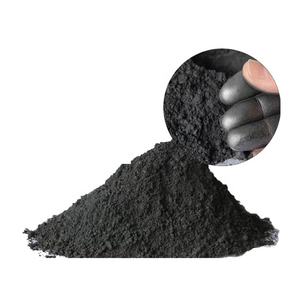
(Artificial Graphite Anode Material Powder Synthetic Graphite Production For Li-ion Battery Anode Material)
Applications of Artificial Graphite Anode Material Powder Synthetic Graphite Production For Li-ion Battery Anode Material
Consumer Electronics: Power smartphones, laptops, and tablets, where high energy density and long cycle life are essential.
Electric Vehicles (EVs): Key to extending driving range and reducing charging times in EV batteries.
Grid Energy Storage: Enables efficient storage of renewable energy for use during peak demand periods.
Portable Power Tools: Provides lightweight, long-lasting power for cordless tools.
Aerospace: Used in advanced portable power systems demanding high reliability and energy density.
Company Profile
Graphite-Corp is a trusted global chemical material supplier & manufacturer with over 12-year-experience in providing super high-quality graphite powder and graphene products.
The company has a professional technical department and Quality Supervision Department, a well-equipped laboratory, and equipped with advanced testing equipment and after-sales customer service center.
If you are looking for high-quality graphite powder and relative products, please feel free to contact us or click on the needed products to send an inquiry.
Payment Methods
L/C, T/T, Western Union, Paypal, Credit Card etc.
Shipment
It could be shipped by sea, by air, or by reveal ASAP as soon as repayment receipt.
FAQs of Artificial Graphite Anode Material Powder Synthetic Graphite Production For Li-ion Battery Anode Material
Q: Why is graphite commonly used as a Li-ion anode material?
A: Graphite has a stable structure, can intercalate lithium ions efficiently, and is relatively inexpensive, making it a practical choice for commercial batteries.
Q: How does silicon improve upon graphite as an anode material?
A: Silicon has a theoretical lithium-ion capacity nearly ten times higher than graphite. However, it undergoes significant volume expansion during charging, which affects cycle life and stability.
Q: What are some challenges in developing new Li-ion anode materials?
A: Balancing high capacity with structural stability, cost-effectiveness, and safety remains a challenge. Additionally, ensuring scalability and compatibility with existing battery manufacturing processes is crucial.
Q: Are there any environmental concerns associated with Artificial Graphite Anode Material Powder Synthetic Graphite Production For Li-ion Battery Anode Material?
A: The extraction and disposal of raw materials like graphite and cobalt (used in some cathodes) can have environmental impacts. Developing sustainable sourcing and recycling strategies is important.
Q: Can Artificial Graphite Anode Material Powder Synthetic Graphite Production For Li-ion Battery Anode Material be recycled?
A: Yes, recycling technologies are being developed to recover valuable materials from spent Li-ion batteries, including anode materials, to reduce waste and resource consumption.
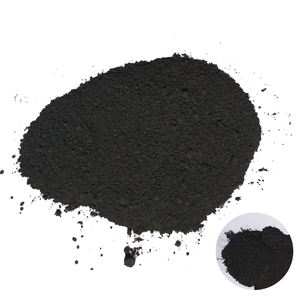
(Artificial Graphite Anode Material Powder Synthetic Graphite Production For Li-ion Battery Anode Material)
(Artificial Graphite Anode Material Powder Synthetic Graphite Production For Li-ion Battery Anode Material)

